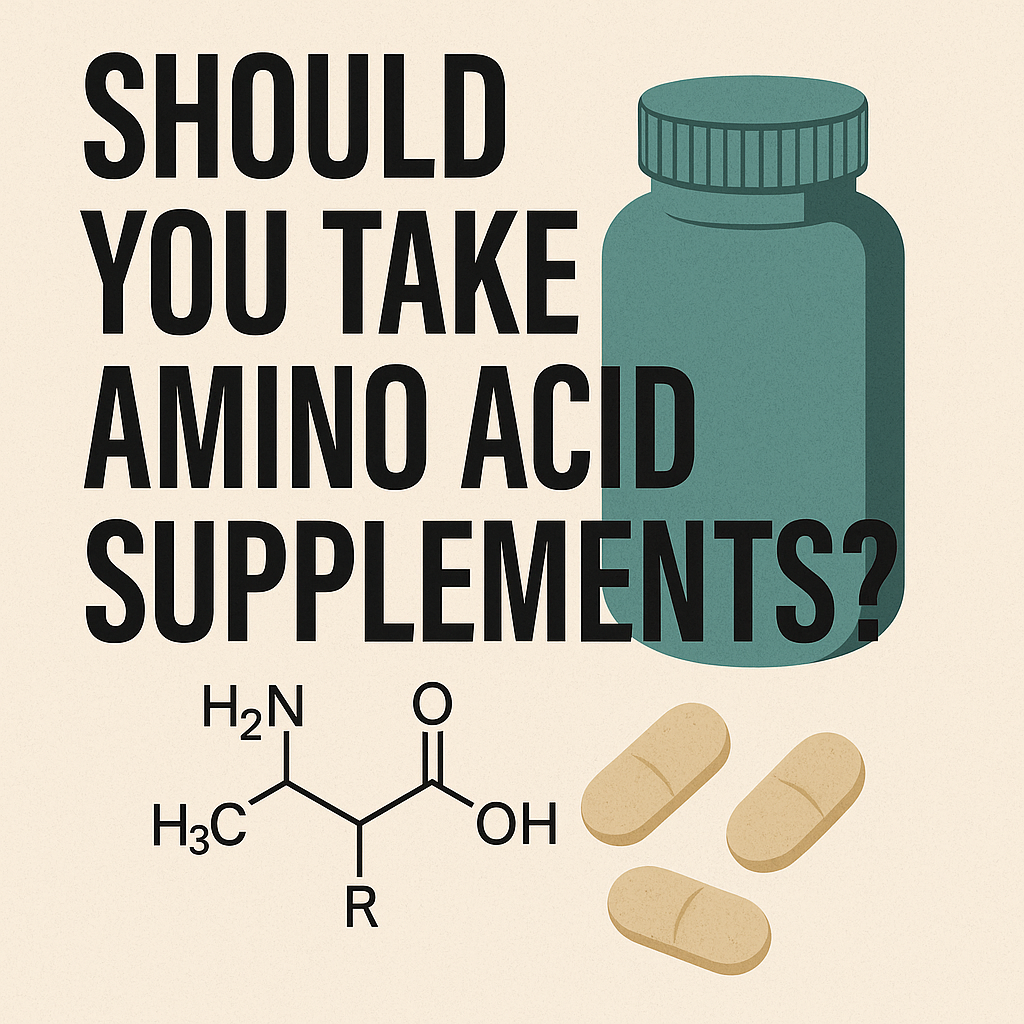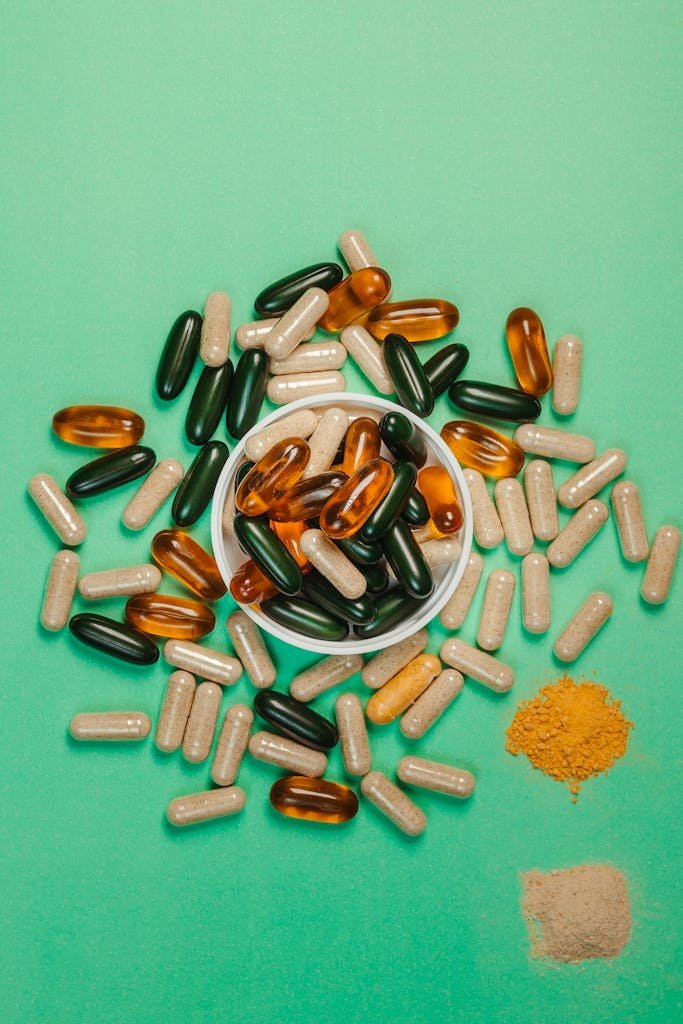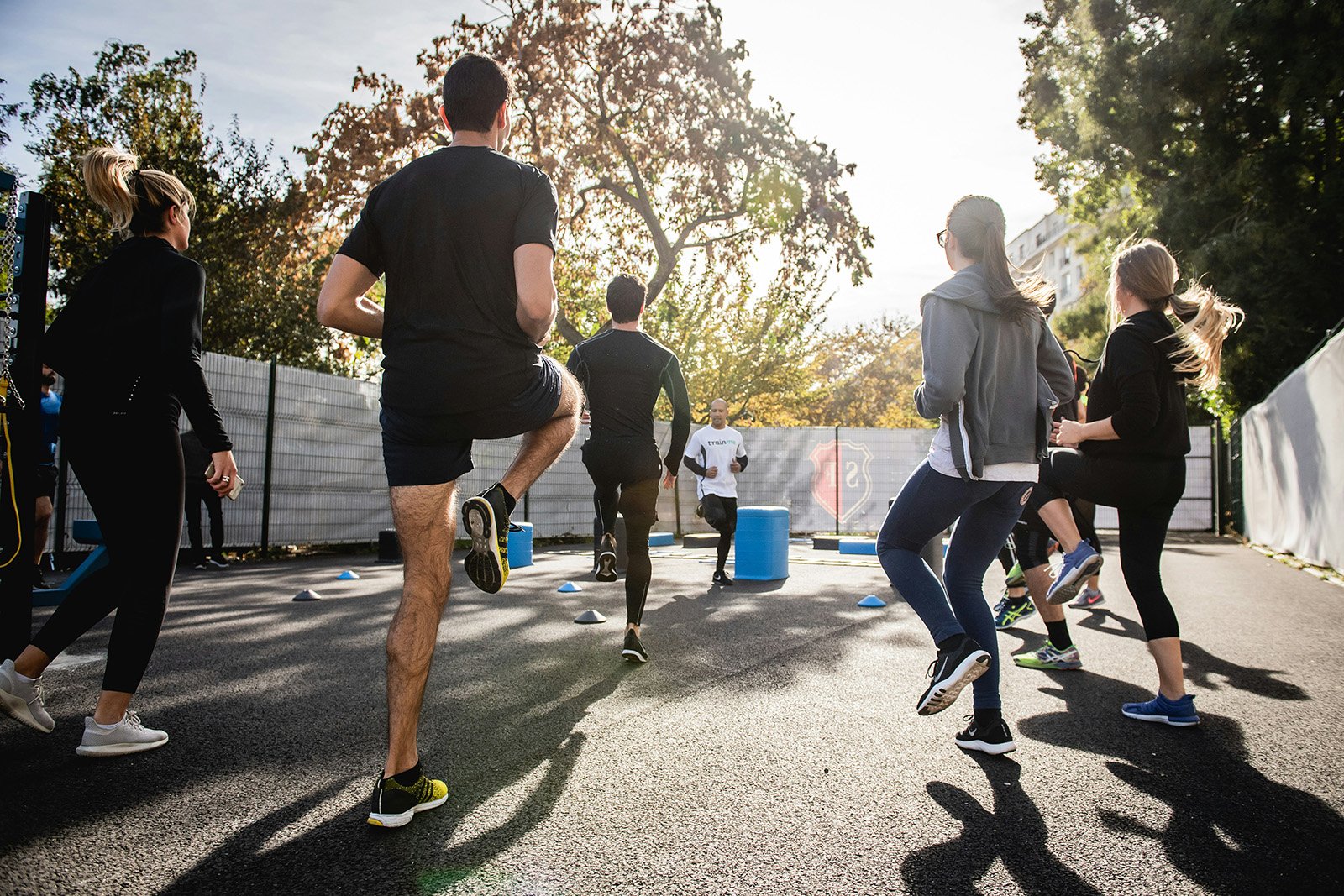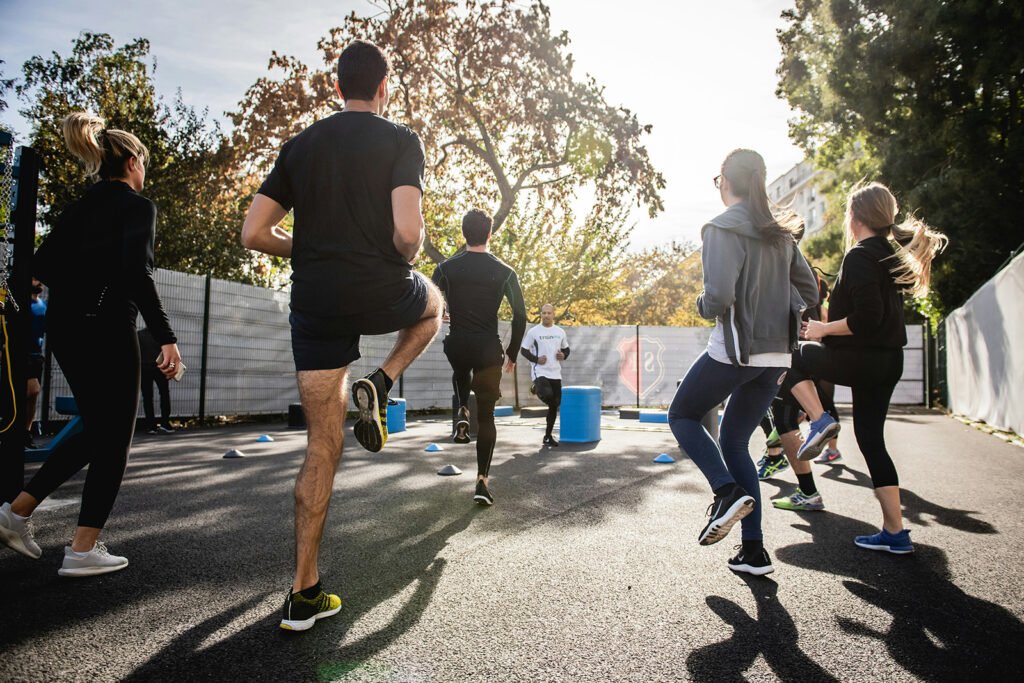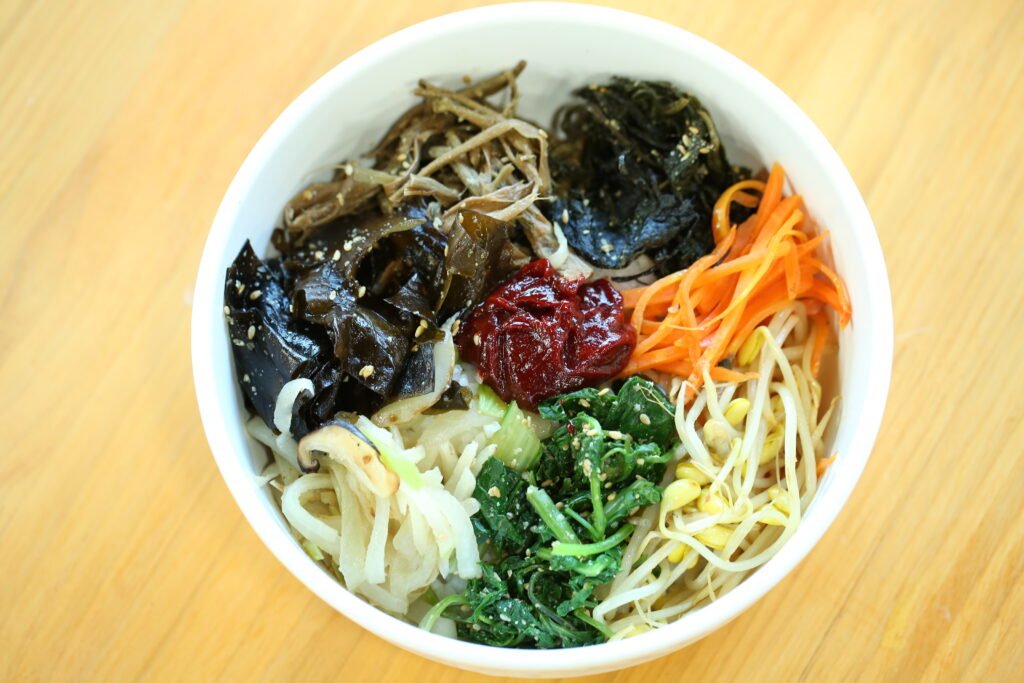For many women, starting the day with a hot cup of coffee is a comforting ritual—a small but cherished moment of calm before the day begins. But beyond its bold aroma and energy boost, could coffee also play a role in healthy aging? A new long-term study suggests that it might, especially for women in midlife.
Coffee and Healthy Aging: What’s the Connection?

According to a recent study presented at the American Society for Nutrition’s annual meeting and reported by Time Magazine, moderate coffee consumption in middle age may be linked to healthier aging in women. The findings are based on data from the renowned Nurses’ Health Study, which followed 47,513 female nurses over a 30-year period.
Researchers focused on caffeine intake and its potential impact on long-term physical and mental health. They found that women who consumed an average of 315 mg of caffeine daily—equivalent to about 3 cups of brewed coffee—were more likely to age healthfully. That means these women reached age 70 or older while remaining free from 11 major chronic diseases, and maintaining good cognitive, mental, and physical function.
What the Numbers Say
- 47,513 participants were tracked over 30 years
- 3,706 women met the criteria for “healthy aging”
- These women consumed an average of 315 mg of caffeine per day
- Each additional daily cup of coffee was associated with a 2–5% higher chance of healthy aging (up to five cups)
Interestingly, the positive correlation was found only with caffeinated coffee. Decaf coffee and tea didn’t have the same effect. Even more notably, soft drinks such as caffeinated sodas were linked to a lower likelihood of healthy aging.
Why Only Caffeinated Coffee?
Lead researcher Sara Mahdavi, a doctoral candidate at Harvard’s T.H. Chan School of Public Health, emphasized that the benefits were specific to caffeinated coffee and likely stem from its complex mix of bioactive compounds. Coffee isn’t just about caffeine—it also contains polyphenols and antioxidants that may support metabolic and cardiovascular health.
However, Mahdavi was quick to add that the study is observational. In other words, while researchers found a link between coffee and better aging outcomes, they can’t say for sure that coffee caused those outcomes. There could be other lifestyle habits at play, such as diet, exercise, and not smoking, which are also common among regular coffee drinkers in health-conscious populations.
How Might Coffee Support Healthy Aging?
The exact biological mechanisms aren’t fully understood, but previous research has suggested that coffee’s antioxidants and anti-inflammatory properties may help prevent the onset of age-related diseases. Some possibilities include:
- Improved insulin sensitivity – Lowering the risk of type 2 diabetes
- Neuroprotective effects – Potentially reducing the risk of cognitive decline and Alzheimer’s
- Anti-inflammatory benefits – Reducing chronic inflammation, a known factor in aging and disease
It’s worth noting that most of these benefits are more strongly linked to black coffee without added sugar or heavy cream. Over-sweetened or calorie-laden coffee drinks may cancel out potential health gains.
What About the Risks?
Before you up your caffeine intake, it’s important to remember that coffee isn’t for everyone. People with caffeine sensitivity, insomnia, anxiety, or heart conditions may need to limit their intake. And while up to 400 mg of caffeine per day is generally considered safe for most adults, individual tolerance varies.
Also, the study noted a U-shaped curve: benefits increased up to a certain point (about 5 cups a day), but more wasn’t necessarily better. Too much caffeine can lead to jitteriness, sleep disturbances, or digestive discomfort—none of which are helpful for healthy aging.
A Personal Reflection: My Coffee Ritual and Midlife Wellness
As a woman in my late 40s, this research hits close to home. Over the past decade, I’ve learned to balance career, family, and health—sometimes successfully, sometimes not. But one thing that’s remained consistent is my morning coffee ritual. It’s not just about the caffeine; it’s about mindfulness, grounding, and setting the tone for the day.
Learning that my cup of coffee might also support my long-term well-being feels like a quiet affirmation. Of course, I also try to eat whole foods, stay active, and prioritize sleep. But knowing that something so small and enjoyable might also have real health benefits? That’s a beautiful bonus.
Key Takeaways for Women in Midlife
- Moderate caffeine consumption (around 2–4 cups of coffee per day) may support healthy aging
- Caffeinated coffee, not decaf or soda, was associated with better aging outcomes
- Balance is key—coffee alone won’t prevent aging, but it can be part of a healthy lifestyle
- Don’t ignore personal tolerance and health conditions—what works for one may not work for all
Enjoy Your Brew, Mindfully
While coffee may offer more than just a wake-up call, it’s not a magic potion. Aging well requires a holistic approach—good nutrition, movement, mental wellness, and meaningful social connections. But if a cup of coffee brings you joy and health? That’s one habit worth savoring.
So go ahead. Brew that next cup. Sip it slowly. And raise your mug to the beautiful journey of aging well—one mindful moment (and maybe one espresso shot) at a time.




